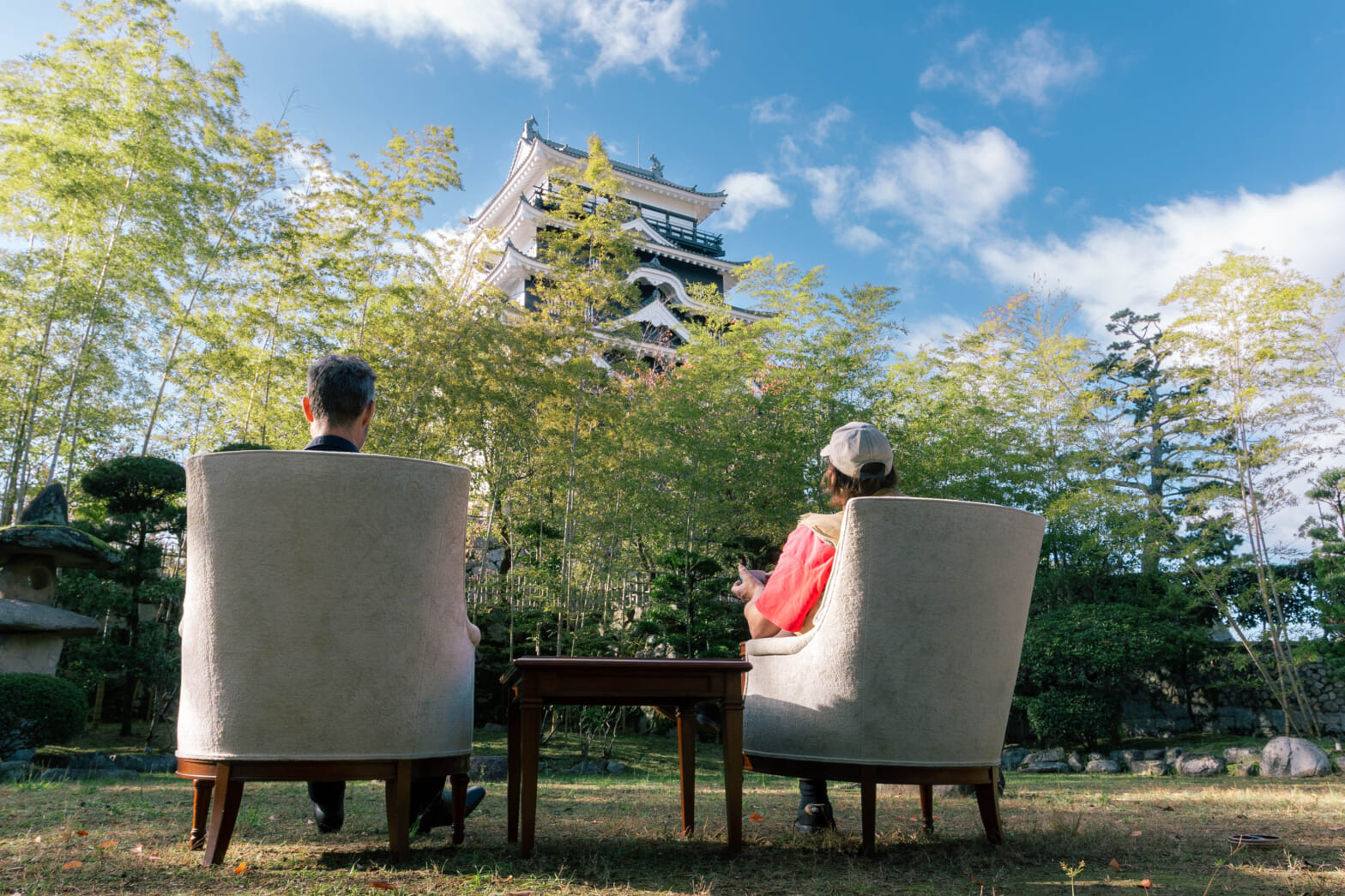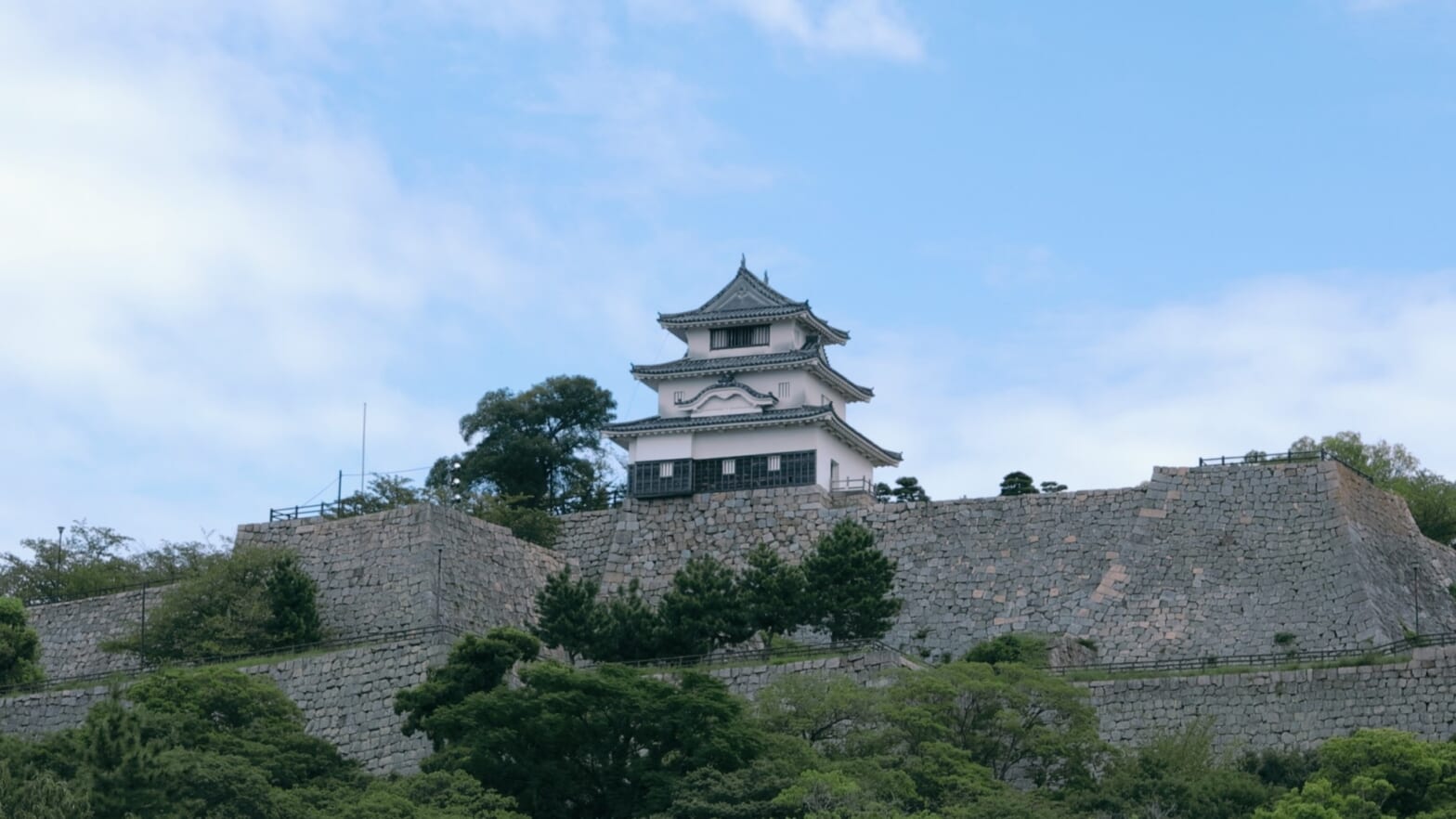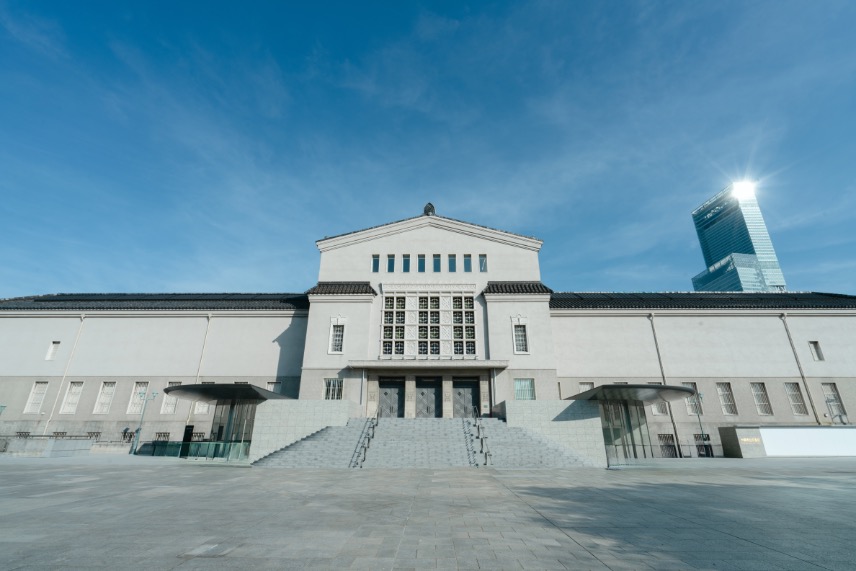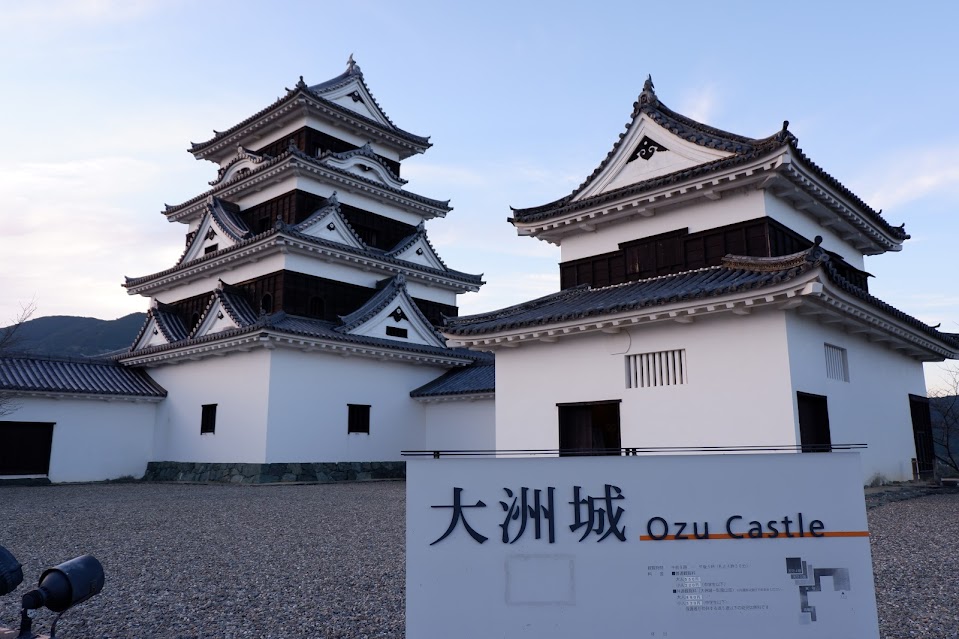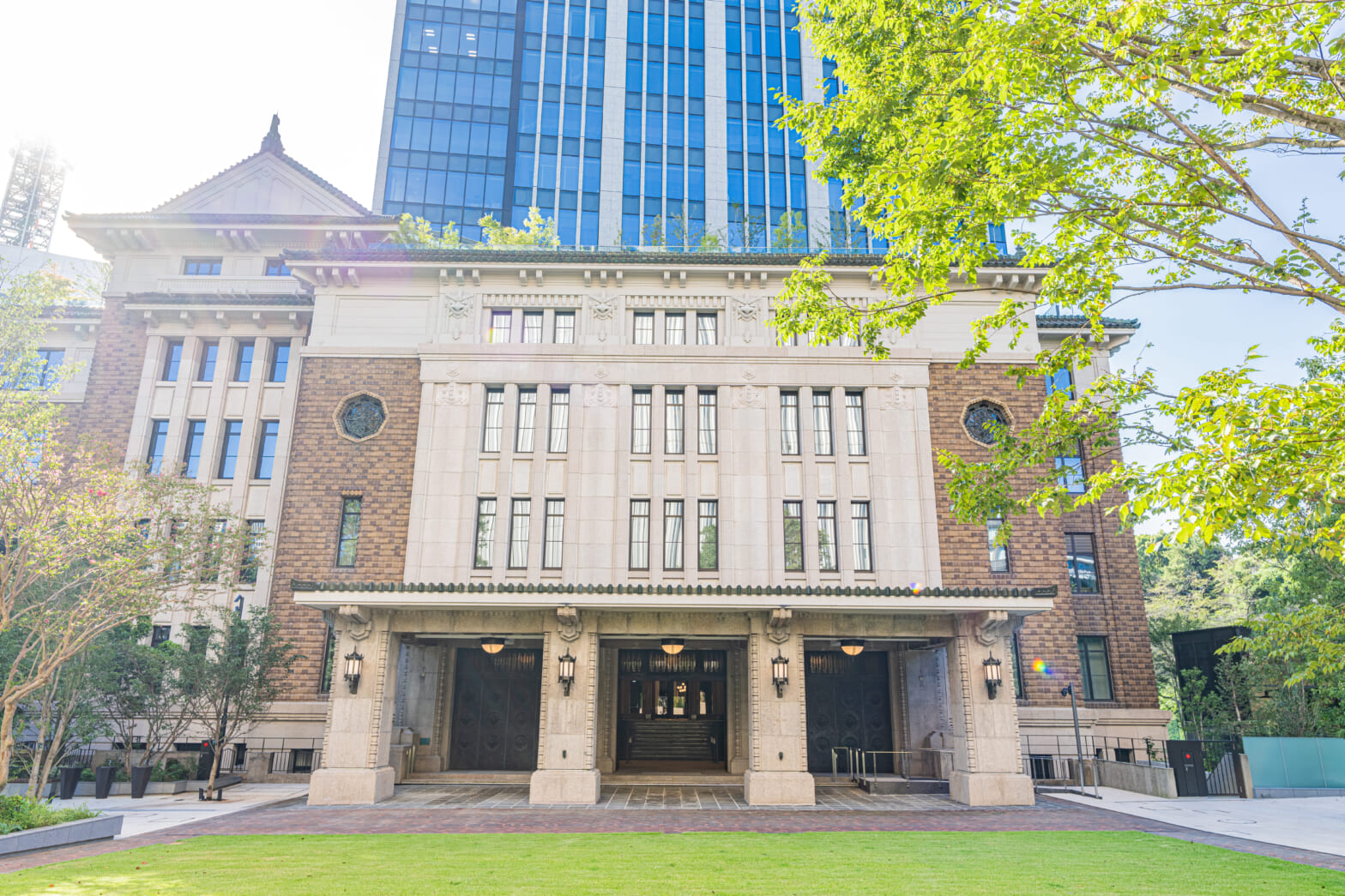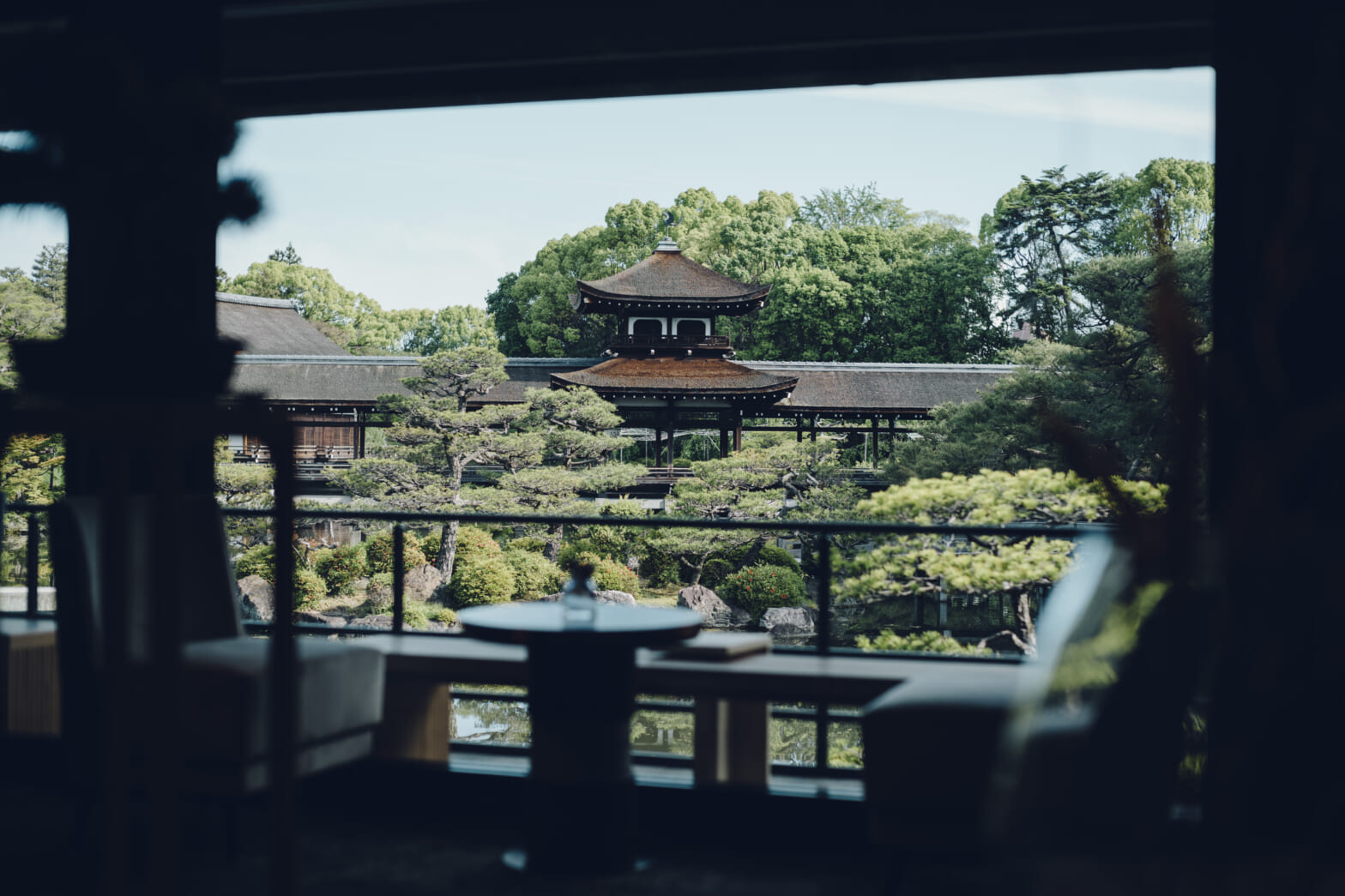What Are Unique Venues? An Introduction with Examples from Japan
2025.7.3
column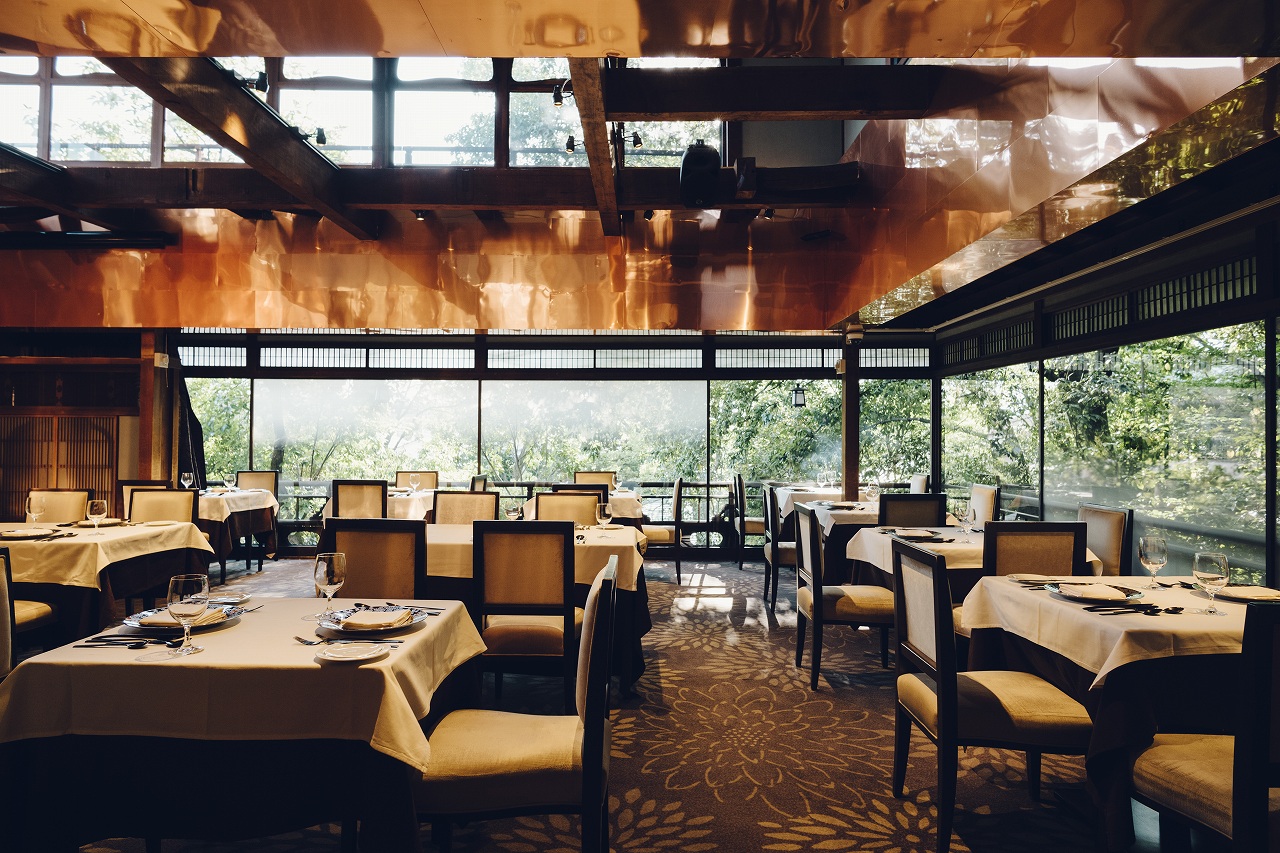
Table of Contents
- What Are Unique Venues?
- Why Use Cultural Properties as Unique Venues?
- Key Points When Utilizing Cultural Properties
- Examples of Unique Venue Locations in Japan
What Are Unique Venues?
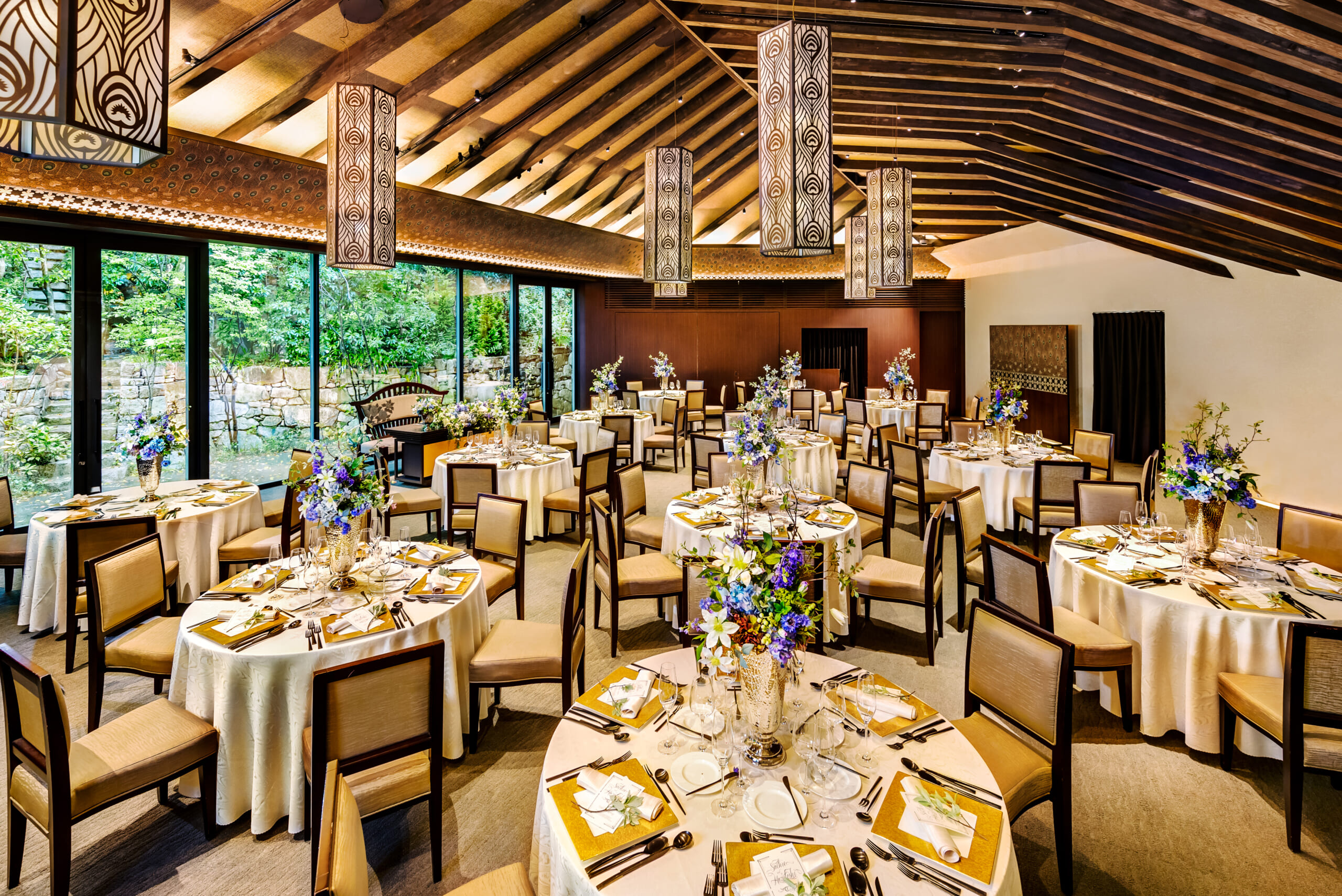
Unique venues refer to special event spaces that are made available for use beyond their original purpose. These venues often include historic buildings, shrines and temples, castle ruins, museums, and art galleries—places with distinctive atmospheres. By holding meetings, receptions, and other events at such locations, the goal is to offer attendees a sense of uniqueness and a connection to the local character.
Unique venues create value by providing “special experiences” through events held in “special places.”
Why Use Cultural Properties as Unique Venues?
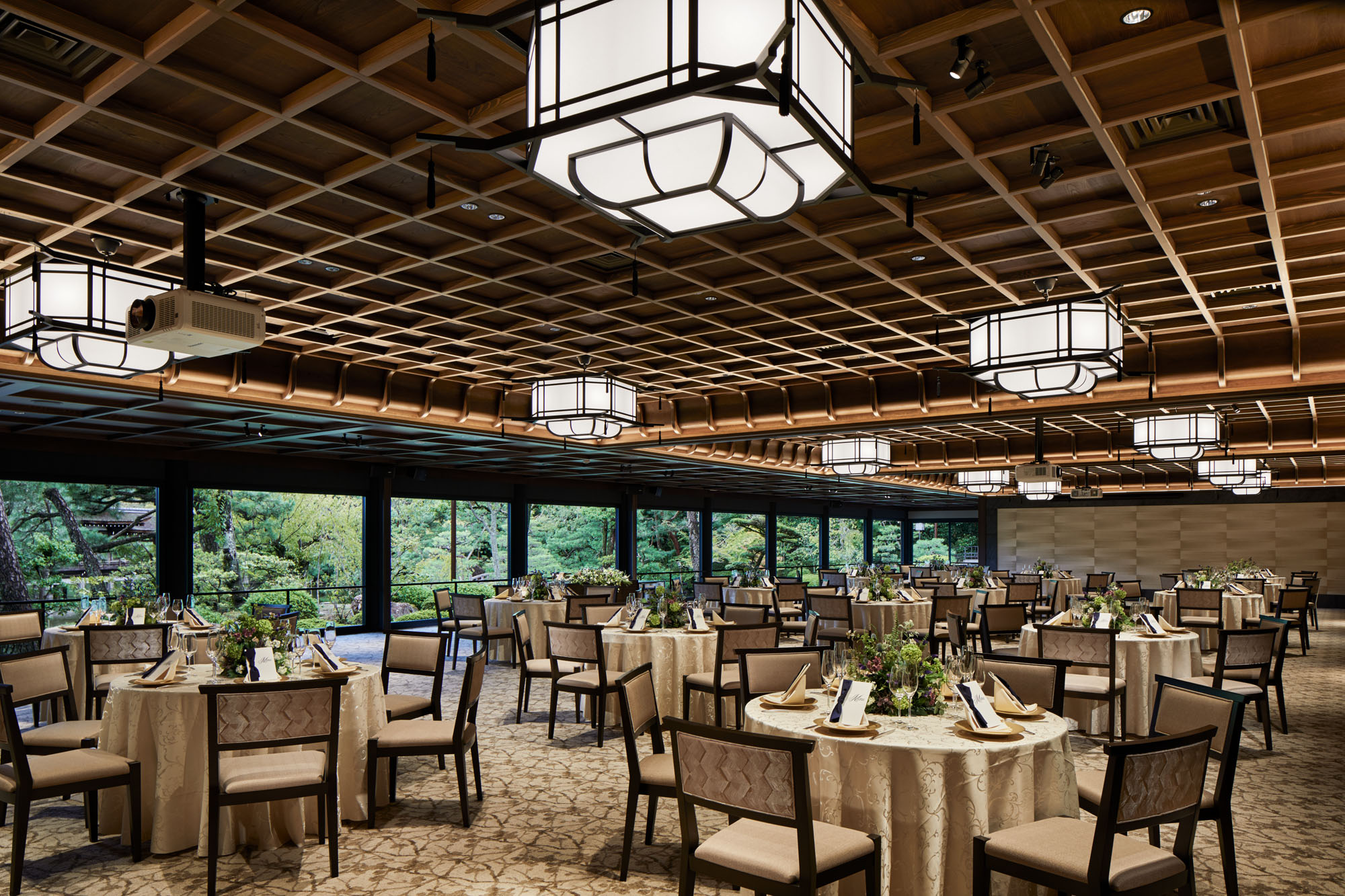
Building on the basics of unique venues, why is it necessary to utilize cultural properties? Let’s explore the reasons in detail from the perspectives of the three key stakeholders involved in unique venues: (1) participants, (2) organizers, and (3) owners.
First, there are the owners who provide cultural properties as unique venue spaces. For these owners, allowing their cultural properties to be used helps increase recognition and awareness. By showcasing the charm of these cultural assets, it can also boost momentum for preservation efforts. For event organizers, holding events at such special venues not only enhances the appeal of their events but also leverages the uniqueness of using cultural properties to increase visibility. Finally, for participants who visit unique venues, engaging with culture and history offers intellectual satisfaction in addition to a sense of exclusivity.
In this way, utilizing cultural properties as unique venues creates new value for everyone involved. This also brings regional benefits such as increased tourism to areas with cultural properties, resulting in greater local recognition.
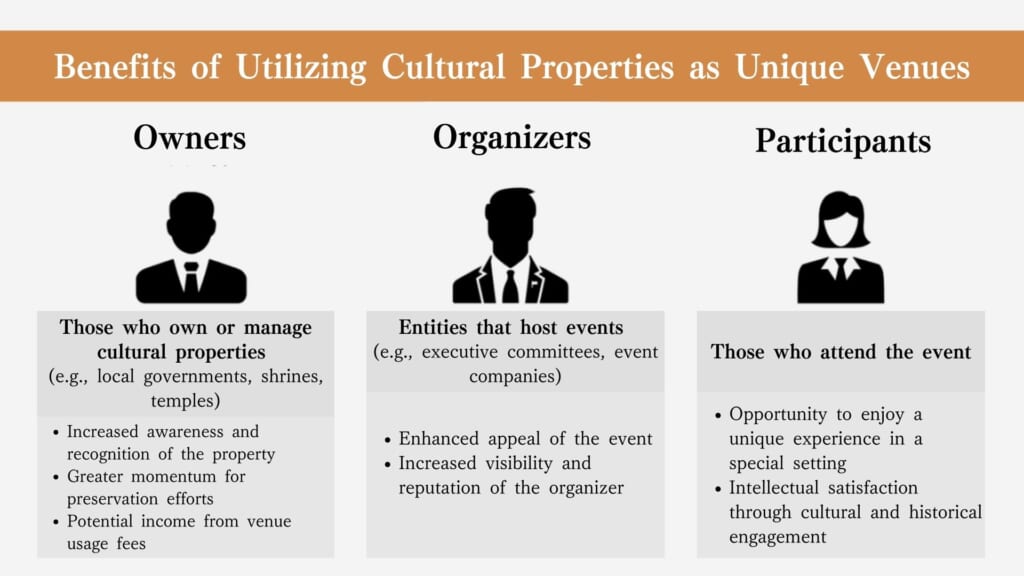
Key Points for Utilizing Cultural Properties
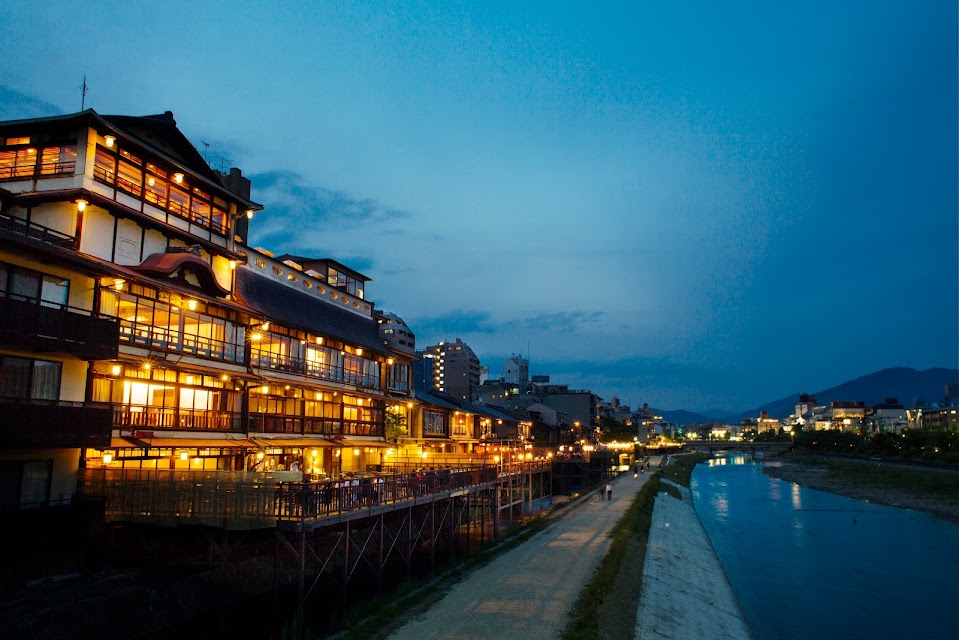
When utilizing cultural properties with historical and cultural value as unique venues, it is essential to properly understand their individual characteristics. Here are three key points to keep in mind for the appropriate use of cultural properties as unique venues:
1. Leverage the features and charm of the cultural property.
Every cultural property has its own captivating stories—such as historical events that took place there or legends associated with the location. In addition to these historical backgrounds, unique venues are created by focusing on various elements that make up the cultural property, including its scale, design, and geographical conditions.
2. Address the challenges faced by cultural properties.
Cultural properties face various issues, such as a shortage of caretakers due to depopulation and aging communities, as well as insufficient funds for repairs. The goal is to encourage visitors to appreciate the cultural property’s value and inspire them to want to participate in preservation efforts.
3. Respect the long-standing heritage and original purpose.
It is essential to prioritize preservation. This means ensuring that events do not cause damage, restoring the venue to its original state after events, confirming evacuation routes in advance, and taking necessary safety measures.

Learn About Unique Venues in Japan
To help you better understand unique venues, we will introduce actual unique venue locations across Kyoto, Osaka, and Hyogo. Please take a closer look at any venues that catch your interest.
-Funatsuru Kyoto Kamogawa Resort (Kyoto)
Founded in 1870, Funatsuru is a long-established ryotei-style inn located on the banks of the Kamogawa River. The wooden building is a nationally registered tangible cultural property. Originally established as a catering business known affectionately as “Funaya no Tsurusan” in 1870 (Meiji 3), it later transformed into a grand ryotei. Under the spirit of hospitality that values “not only preserving good things but also embracing new elements to delight guests,” Funatsuru was redesigned and began a new chapter as the Funatsuru Kyoto Kamogawa Resort.

As a place where you can express your feelings to your loved ones through heartfelt hospitality, you can hold your wedding at one of Kyoto’s most iconic locations. The space harmoniously blends traditional Japanese architecture with modern interiors, creating a memorable day that will remain a special place for the couple long after the ceremony.
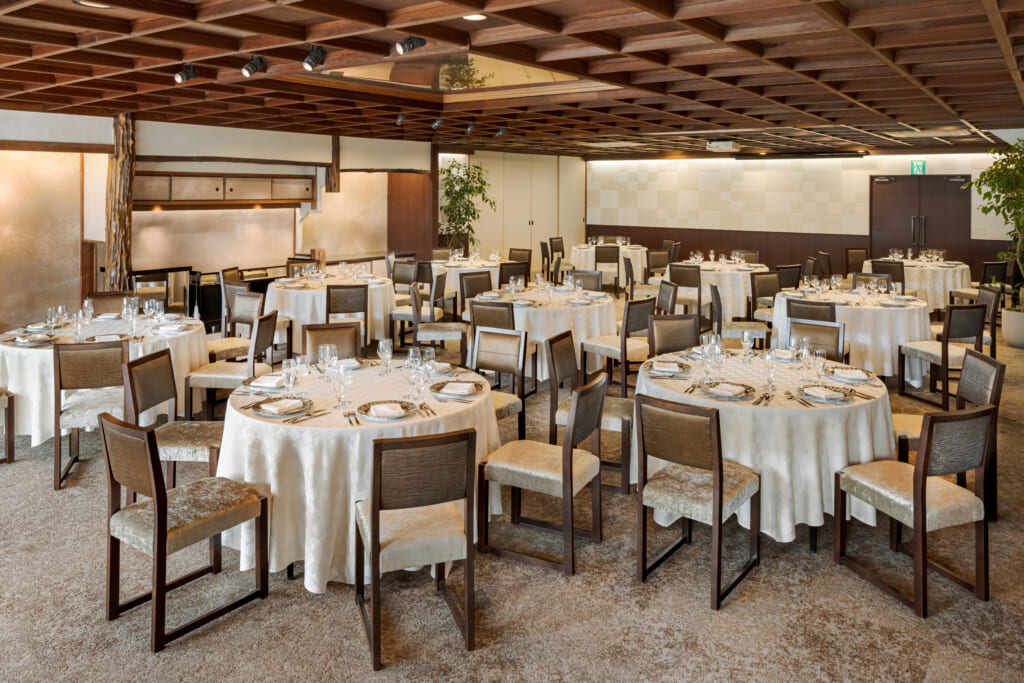
Venue details can be found here.
-Heian Shrine Hall (Kyoto)
Heian Shrine Hall, which reopened after renovations in 2018, is located next to the nationally designated scenic garden, Shinen. Guests can enjoy parties overlooking the garden that changes its appearance with the seasons—from spring’s weeping cherry blossoms, to autumn’s colorful foliage, and the winter landscape.
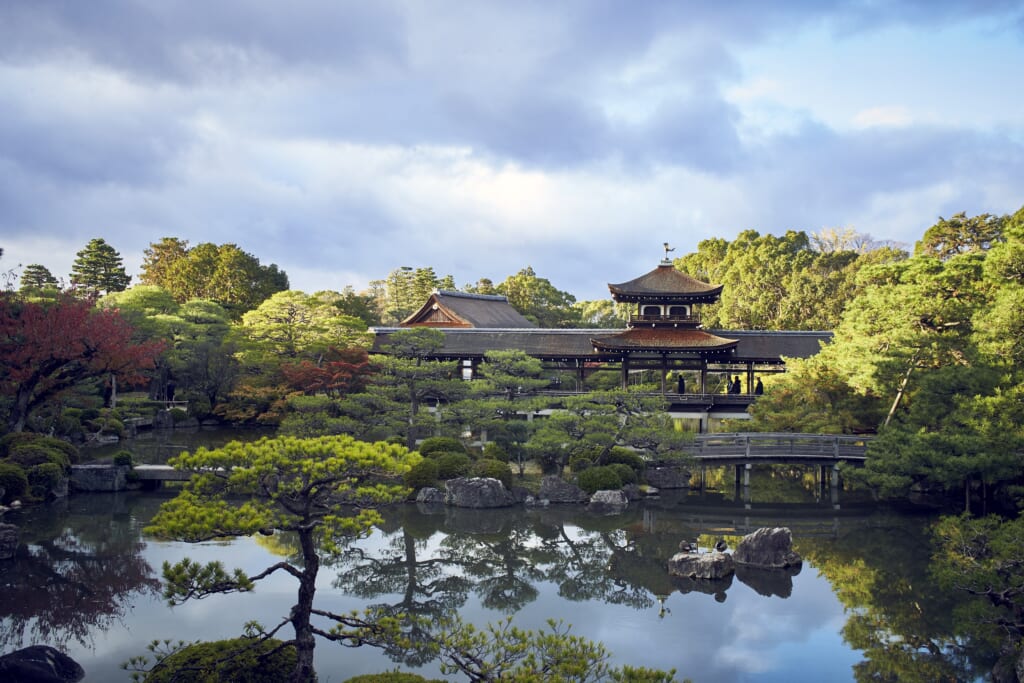
Heian Shrine Hall, one of Kyoto’s most iconic unique venues, can accommodate events ranging from small private gatherings to large-scale parties. Guests can enjoy traditional Japanese cuisine, including Kyoto-style kaiseki meals made with seasonal ingredients, offering an authentic Kyoto experience.
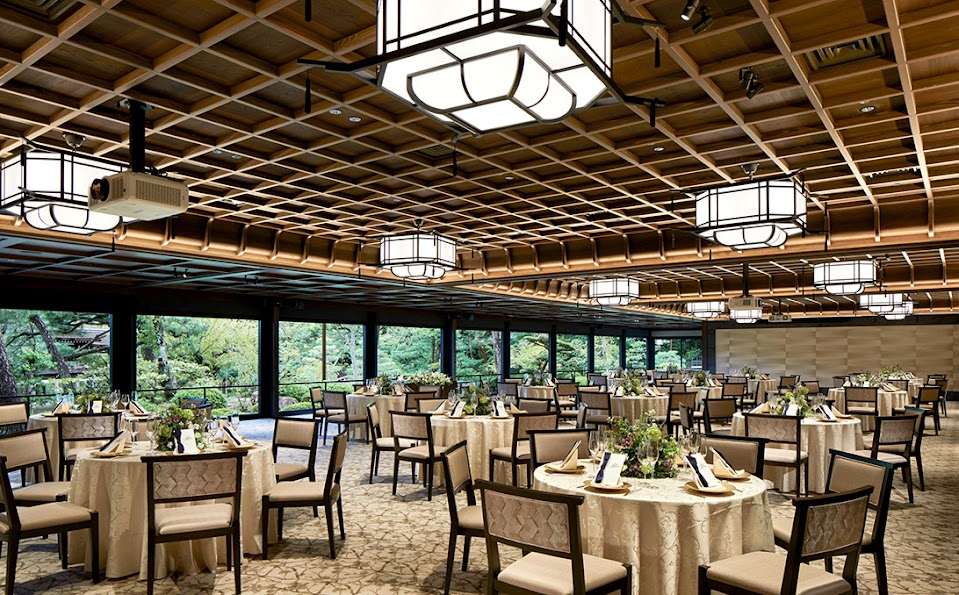
Venue details can be found here.
-Osaka Castle Nishinomaru Garden Osaka Guest House (Osaka)
Located within the Nishinomaru Garden overlooking Osaka Castle’s main keep, the Osaka Guest House was built as a venue for international summit meetings. In 2019, it was selected as the banquet venue for the G20 Osaka Summit, making it one of the most prominent party venues attracting attention from Japan and around the world.

A refined, authentic Japanese-style space modeled after the White Study Hall (Hakushin) of Kyoto’s World Heritage site Nijo Castle. This historic guest house overlooking Osaka Castle offers guests the highest level of hospitality.
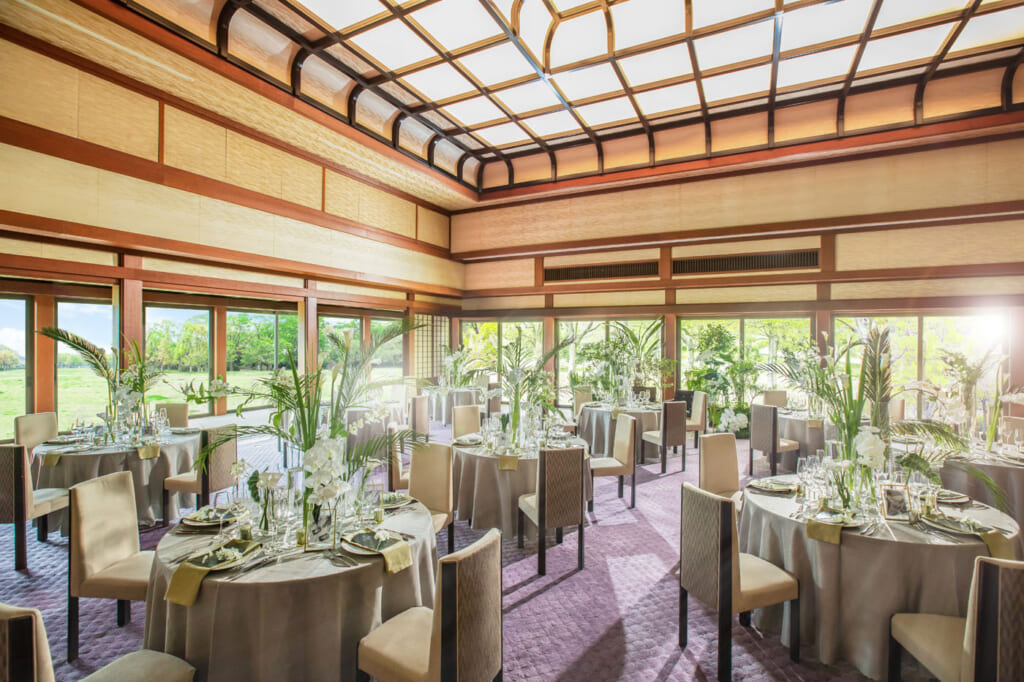
Venue details here
-Kobe Guest House Former Nishio Residence (Hyogo)
Located on a hill in Suma, Hyogo, the Kobe Guest House is a century-old Taisho-era modernist residence that remains timeless. It is designated as an Important Tangible Cultural Property of Hyogo Prefecture.
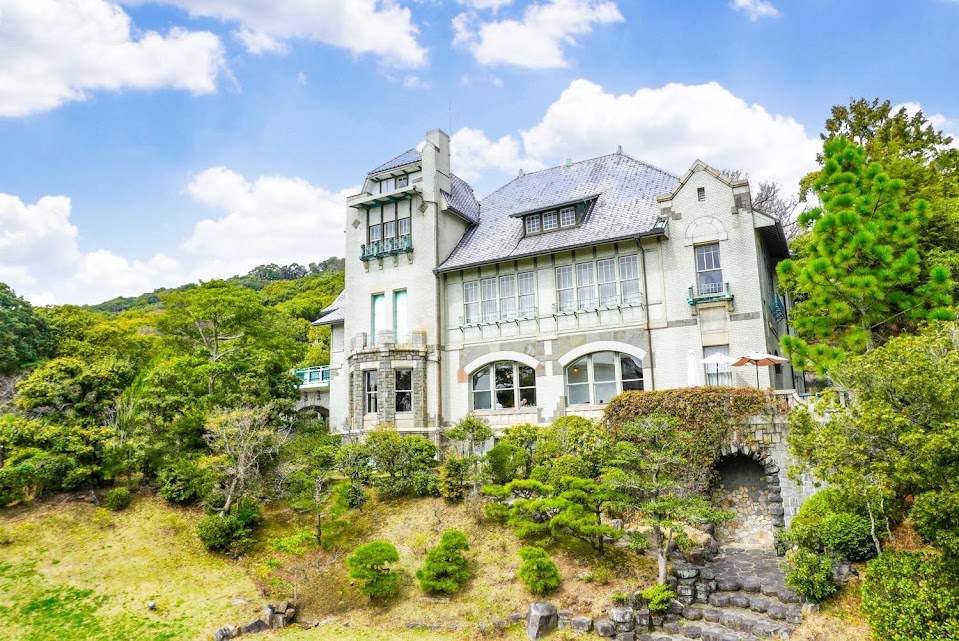
One of its attractions is the variety of event spaces available, including the main building and annex showcasing Taisho architectural elegance, and an English garden designated as a scenic spot. These venues can be tailored to suit different event needs.
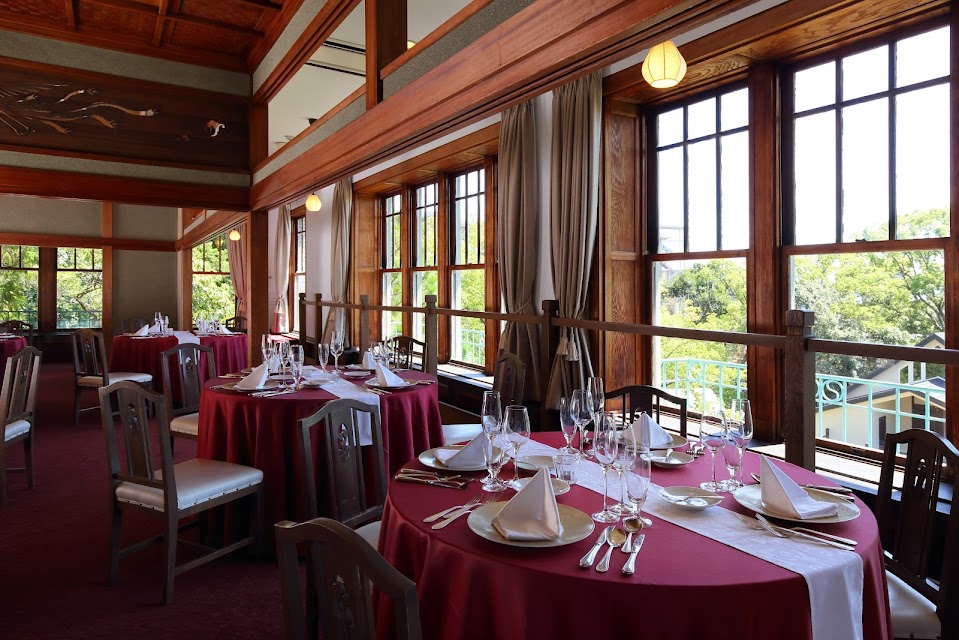
Venue details here
-The Hillside Kobe (Hyogo)
Designed by world-renowned architect Tadao Ando, The Hillside Kobe features a 120-year-old symbolic tree and an exquisitely crafted designer space available as a unique venue.

From the stylish, fan-shaped modern banquet hall to minimalist, design-focused spaces, the entire building can be exclusively rented for your event.

Venue details here
In addition to the venues introduced here, Japan is home to many other attractive unique venues utilizing cultural properties.
“Unique Venues” are venues specially rented out to meet needs different from their original purposes. By maximizing the characteristics and appeal of cultural properties, these venues continue to offer new value to all involved.
If you want to learn more about unique venues or are interested in holding an event at a cultural property, please feel free to contact us.
Contact us here
PLACE
Find a venue
Spend time with your loved ones,
at a one-of-a-kind location
where you can experience Japanese culture.


